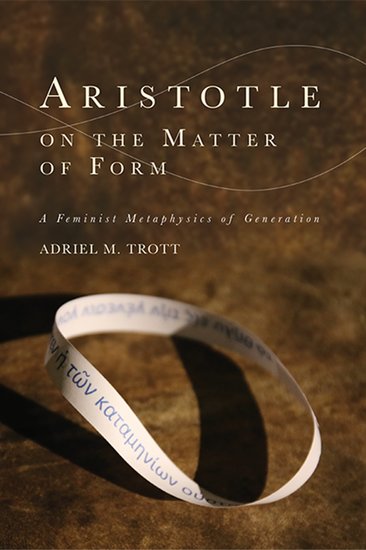The Reality of Appearances at the Acropolis

Jetlagged and underslept, I went out early this morning into Athens and ran from our flat around the Acropolis and back. The Acropolis was empty, just the way I always think of it as a ruin, standing by itself, the lack of tourists giving the suggestion that the gods might still hover around. Four years ago when I was here I wondered about whether the religious sense of the space could be experienced if one were alone. It certainly does not feel as if it can be when overwhelmed by selfie-stick wielding tourists.
As we were approaching the top of the Acropolis, my colleague from Antioch Lew Cassity pointed out that the Greek Doric columns were asymmetrical, for two reasons. One reason was that they looked more energetic that way. The second was that if they were asymmetrical they would look uneven from a distance. My other co-traveler and colleague at Earlham College Kevin Miles raised the Protagoraean question about the reality of the appearance. Why suppose the appearance from a distance is less real, less how it appears, than the up close appearance of the asymmetry of the columns? Why think the columns really are asymmetrical than think they really are symmetrical because they appear so from farther?

I’ve been listening to Peter Adamson’s “History of Philosophy Without Any Gaps” podcast in the last couple weeks and was struck by something he said about Protagoras because I’ve been working on a manuscript on Plato’s dialogue of the same name. He said that Protagoras maintained that appearance was what mattered, and accordingly would charge his students only if it appeared to them as if things were better off than they appeared to them before they came to Protagoras. Protagoras was willing to bet that his students didn’t care as much about the reality as the appearance. Or one could say, Protagoras was willing to bet that appearance was reality.
People respond to Protagoras as if he epitomizes relativism. But this discussion with my colleagues about the appearance of the Parthenon helped me crystallize the sense in which I think Protagoras is right. Those who argue that Protagoras is wrong want some deep reality that stands behind the appearances. They oppose reality to appearance and in doing so diminish the significance of appearances. I’ve been going on about this for some time, I know. I’ve been saying that this opposition comes out of a will to power in which someone could say they know the reality and therefore can impose their will on the basis of this knowledge. Instead we have the never fully secured dispute over appearances. Don’t get me wrong, people can be wrong about how things appear. I think that is the work of the collective, to make judgments about how we perceive the world (Leigh Johnson nicely elaborates this aspect of my argument here).

What the Parthenon columns invites us to think about is why we think the close up is the real while the distant appearance, which is how most Athenians would regularly see the Parthenon, was less real. Even in the Protagoras, Socrates says we need a proper measure because things appear differently close up and far away. He doesn’t suggest that they are more real one way or another, but rather that to compare them we need to have the same measure for them in each case — all the up close things and all the far off ones. This call for a measure reminds us that our judgments are part of what constitutes the world, part of the measure, and this is a big responsibility, not something that can be sloughed off on someone out there who has access to the real appearance.
The Acropolis teaming of tourists in midday might be just as much what the Acropolis is as the Acropolis empty and quiet in the morning.




